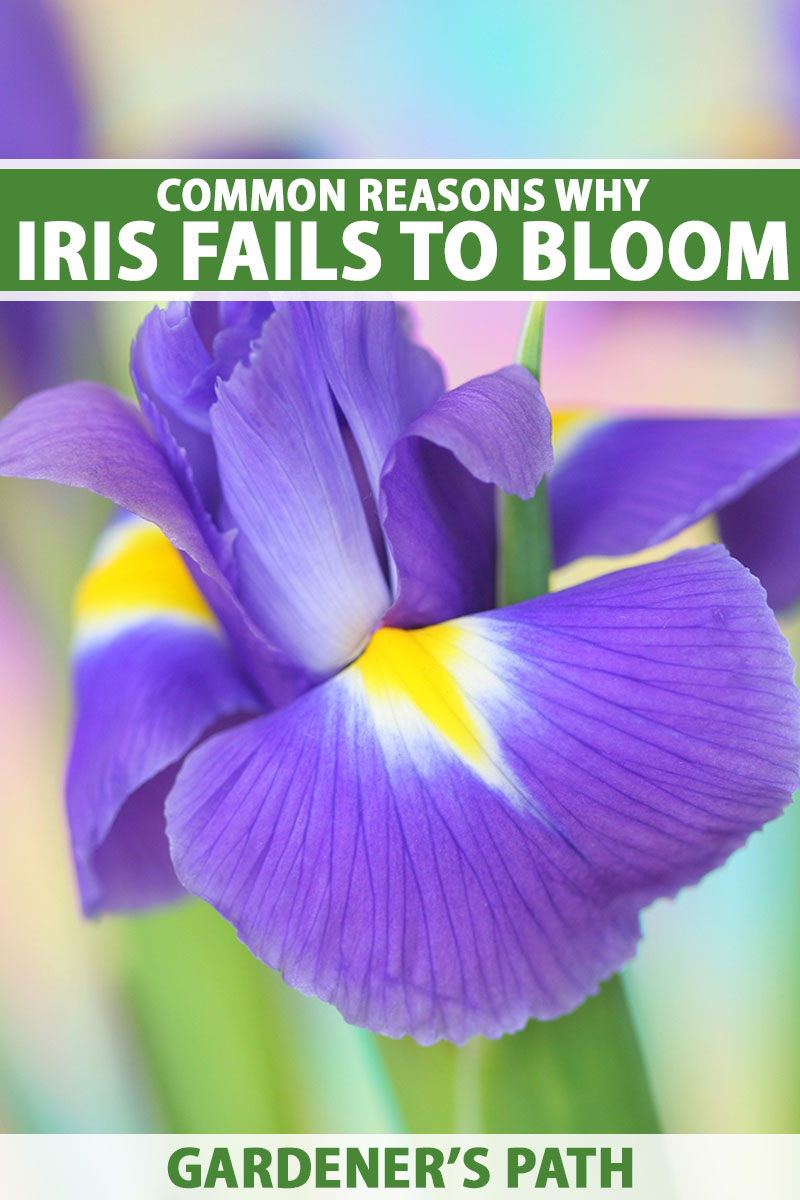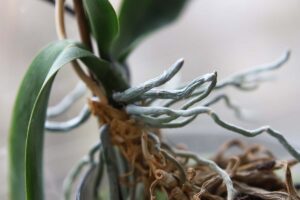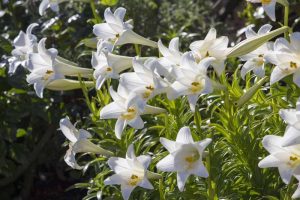Irises, Iris spp., are flowering perennial rhizomes for USDA Hardiness Zones 3 to 9. They bloom in full sun from late spring to midsummer with organically rich, well-draining soil.
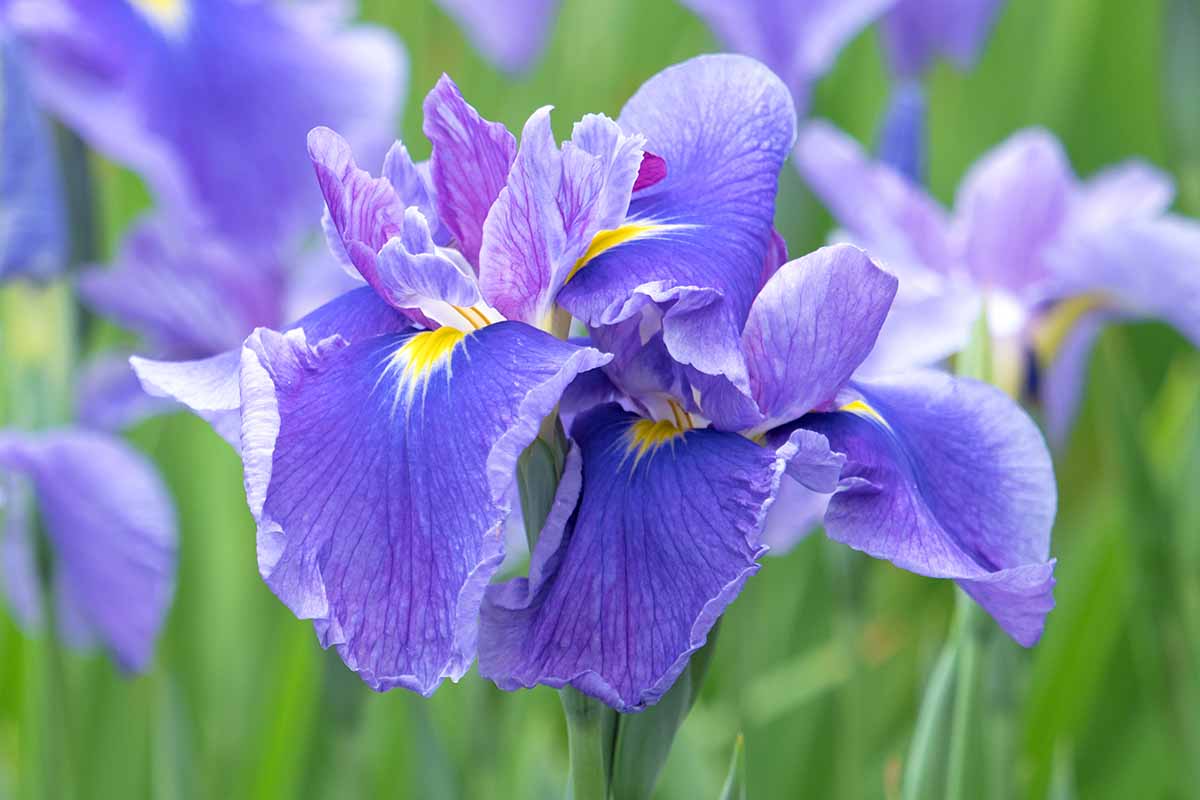
We link to vendors to help you find relevant products. If you buy from one of our links, we may earn a commission.
Our guide to growing irises has all you need to introduce these showy seasonal blossoms to your outdoor living space.
This article focuses on understanding and avoiding 11 common reasons irises may fail to bloom. Here’s what we’ll cover:
11 Reasons Why Iris Fails to Bloom
Let’s jump in and solve this problem!
1. Disease
A plant that falls victim to disease is unlikely to perform well because it devotes energy to fighting pathogens instead of producing lush foliage and flowers.
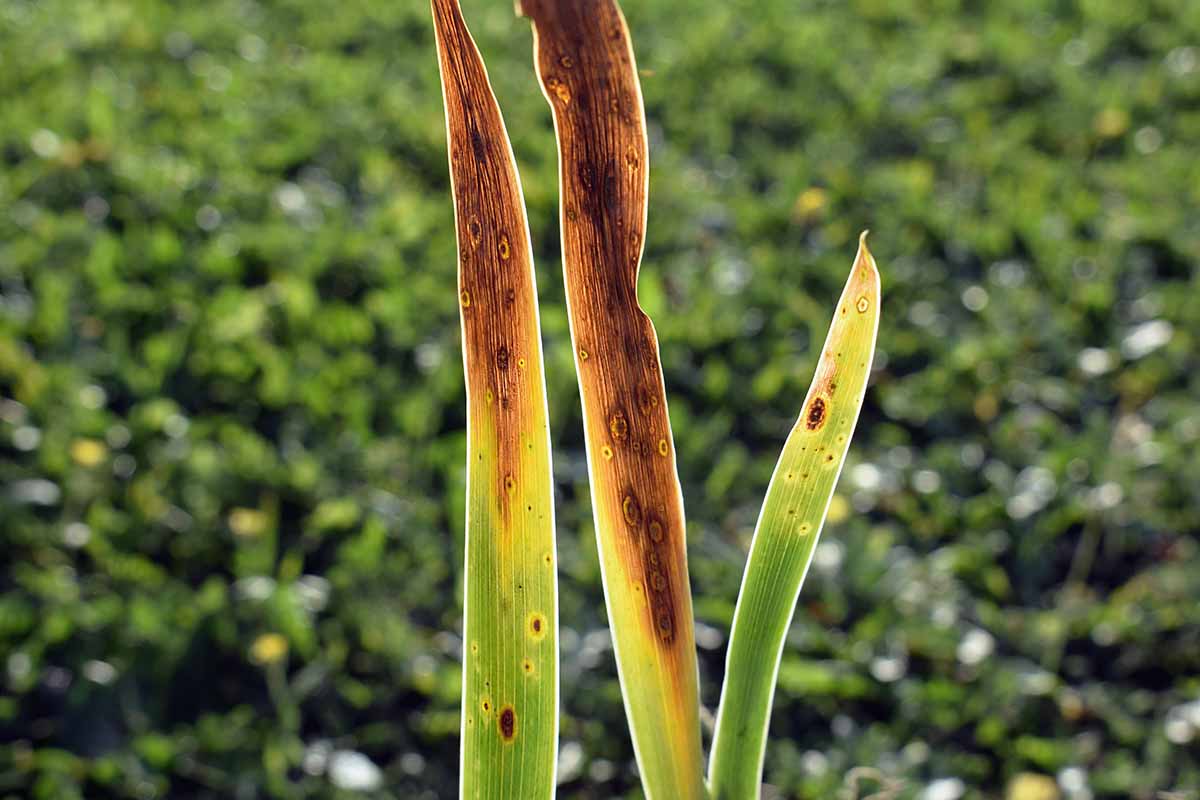
Four ailments that may pose a threat are:
- Fungal Crown Rot
- Leaf Spot
- Rust
- Soft Rot
An aggressive soil-borne fungus, Sclerotium rolfsii, causes fungal crown rot, aka southern blight. The leaves turn yellow, then brown, becoming wilted and mushy at the base.
In moist, humid conditions, a cotton-like coating and yellow spores may be visible on the foliage and nearby soil.
Remove affected plant material and sanitize garden equipment. Consider treating new rhizomes with a 10 percent bleach solution (nine parts water to one part bleach) before planting.
Submerge each rhizome, promptly remove, allow it to dry, and plant.
The Cladosporium iridis fungus causes leaf spot. It causes wet lesions on the foliage that merge to create large dry patches. Remove all affected material and apply a foliar fungicide like neem oil.
The Puccinia iridis fungus causes rust and looks like reddish blisters that merge, resulting in a thinning and desiccation of leaf tissue.
Treat with a fungicide containing myclobutanil. For prevention, apply a fungicide containing mancozeb.
Fungal conditions are more likely during prolonged wet weather and where plants are dense. To avoid them, sow rhizomes in full sun. Space them between 12 and 24 inches apart, depending on the type. Divide clumps when they become overcrowded.
And finally, soft rot is caused by the Erwinia carotovora bacteria. It is likely to affect rhizomes that are oversaturated. Symptoms are malodorous, mushy rootstock, soft leaf bases, and wilting.
Use sanitary tools to remove soft portions. The sun will dry the remaining rhizome and leaf portions. Once dry, apply a powdered fungicide containing sulfur.
To minimize your plants’ chances of contracting soft rot, plant in well-draining soil in full sun and do not overwater.
2. Excess Nitrogen
If you have lush vegetative growth (many leaves) and poor reproductive growth (too few flowers), your plants may be getting too much nitrogen.
Nitrogen in the soil varies but soil tests can estimate its quantity.
Irises benefit from two light applications of fertilizer each year: the first in early spring and the second about a month later. It’s best to use a 5-10-10 or 6-10-10 nitrogen-phosphorus-potassium (NPK) ratio with a low nitrogen content.
An additional issue you may face is that with an overabundance of foliage, there is a higher likelihood of diseases that cause rotting.
Remedy the situation by conducting soil tests and reducing the nitrogen content of your fertilizer as needed.
3. Lack of Sunlight
Most irises thrive in full sun or a minimum of six hours of daily exposure. An exception is the crested species, I. cristata, that prefers partial shade.
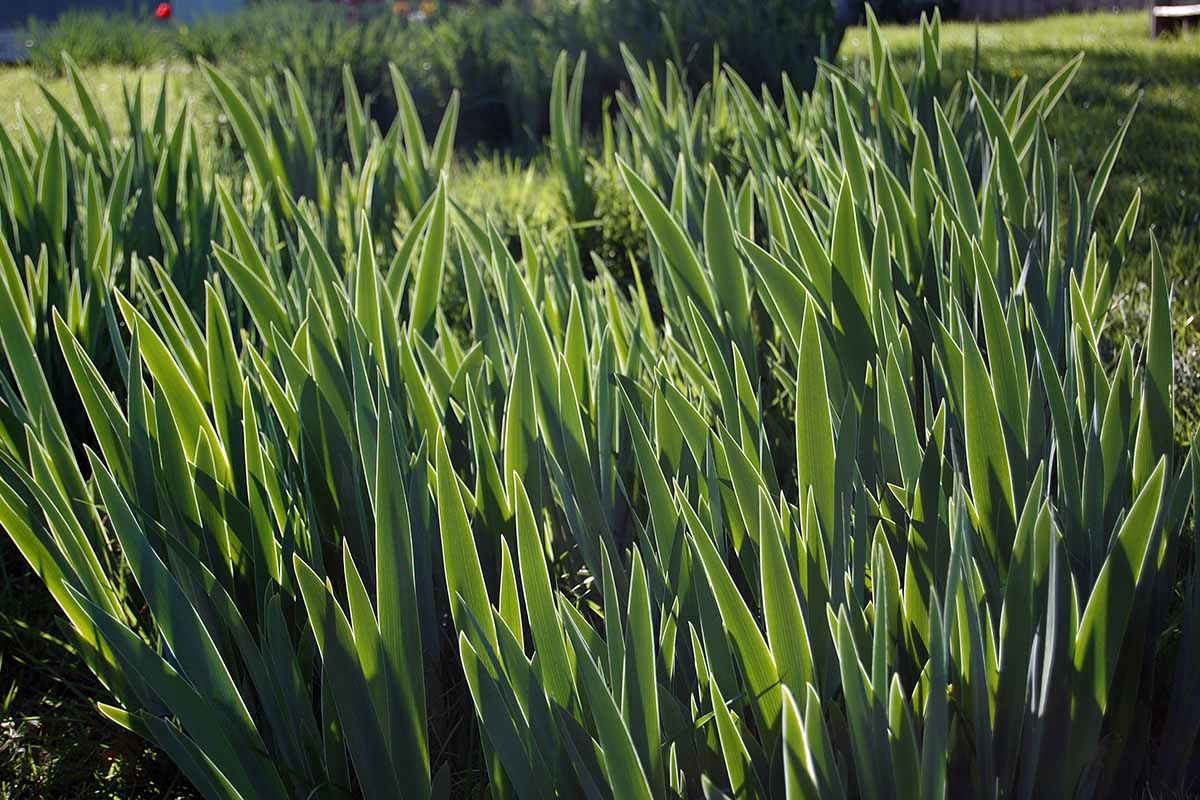
When selecting a planting location, consider the nearby shrubbery. Will the trees be leafed out or bare when the flowers bloom?
Dappled shade may be tolerable, but deep shade may adversely affect flowering and cause wetness and vulnerability to fungal diseases.
Dig and transplant to sunny locations in late summer to early fall to ensure ample exposure.
4. Late Season Freeze
When we say irises are hardy in Zones 3 to 9, we refer to the rhizomes, not the foliage and flowers.
A sudden cold snap in the spring may damage emerging leaves, causing them to appear distorted, rippled, and stunted.
Such a shock may inhibit reproductive growth, resulting in poor to no budding.

If a late-season freeze is in the forecast and shoots are visible, cover them with straw and remove it as soon as the weather permits. Leaving it on long-term increases the risk of rotting.
5. Moisture Stress
Over- or underwatering may adversely affect plant performance, especially if overly wet or dry conditions persist.
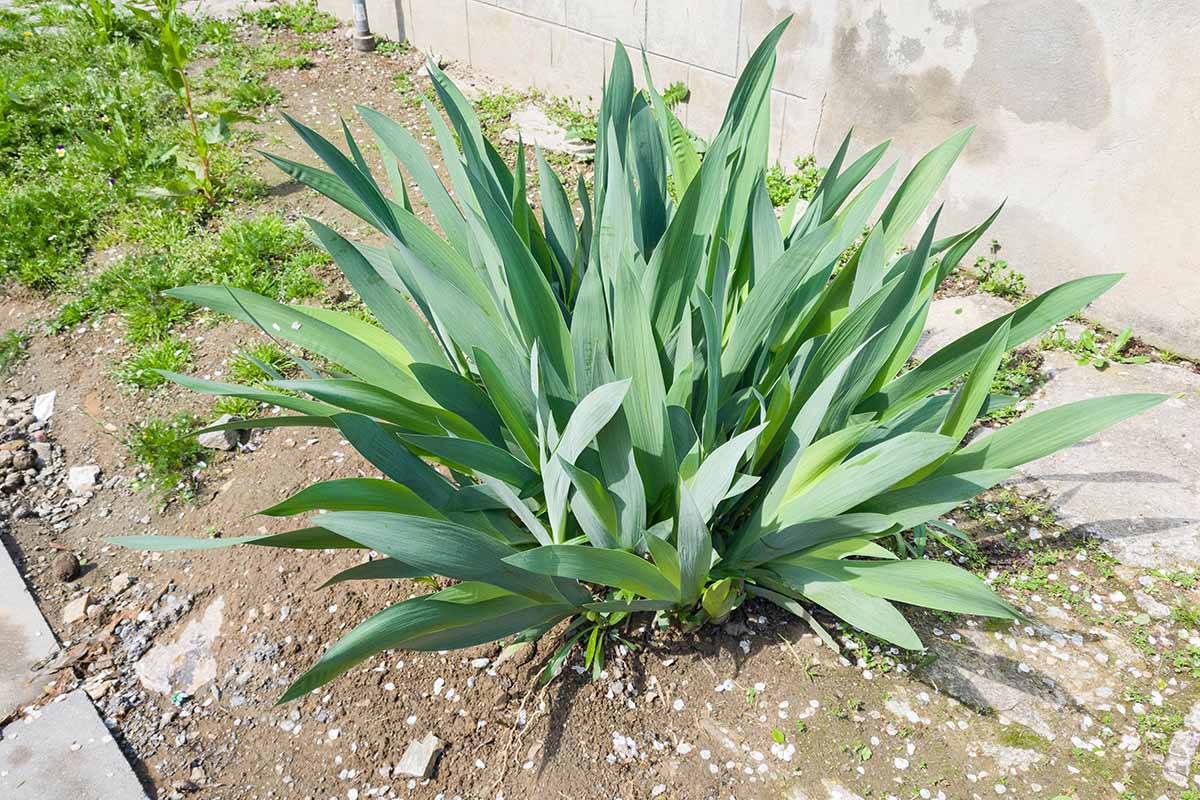
Keep the soil moist from when the leaves sprout in early spring until they turn yellow and fade to brown at season’s end.
Do not let it dry out at any time, but avoid oversaturation that may lead to rotting.
6. Overcrowding
Irises have a clumping growth habit. They spread via rhizomes and self-sown seeds.
Over time, the garden will likely become overcrowded, a condition that causes competition for food and water.
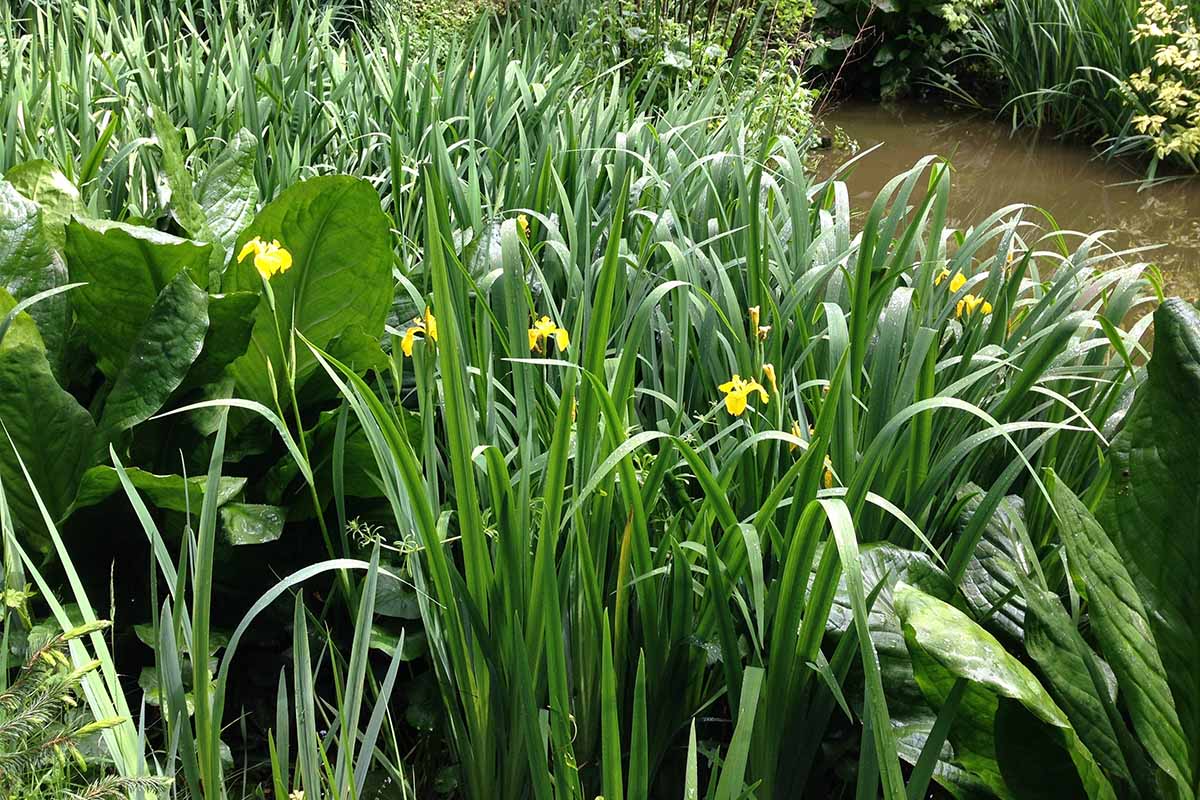
The solution is to divide large iris clumps in late summer to early fall, well past blooming and ahead of the first frost.
When digging up rhizomes, each root portion should have a fan of leaves and roots attached to transplant successfully.
7. Pests
Another likely culprit for a poor display is garden pests. Some are sapsuckers like aphids, or slugs, snails, and thrips that destroy foliage with chewing mouthparts.
Others, like the iris borer, Macronoctua onusta, feed on rootstock.
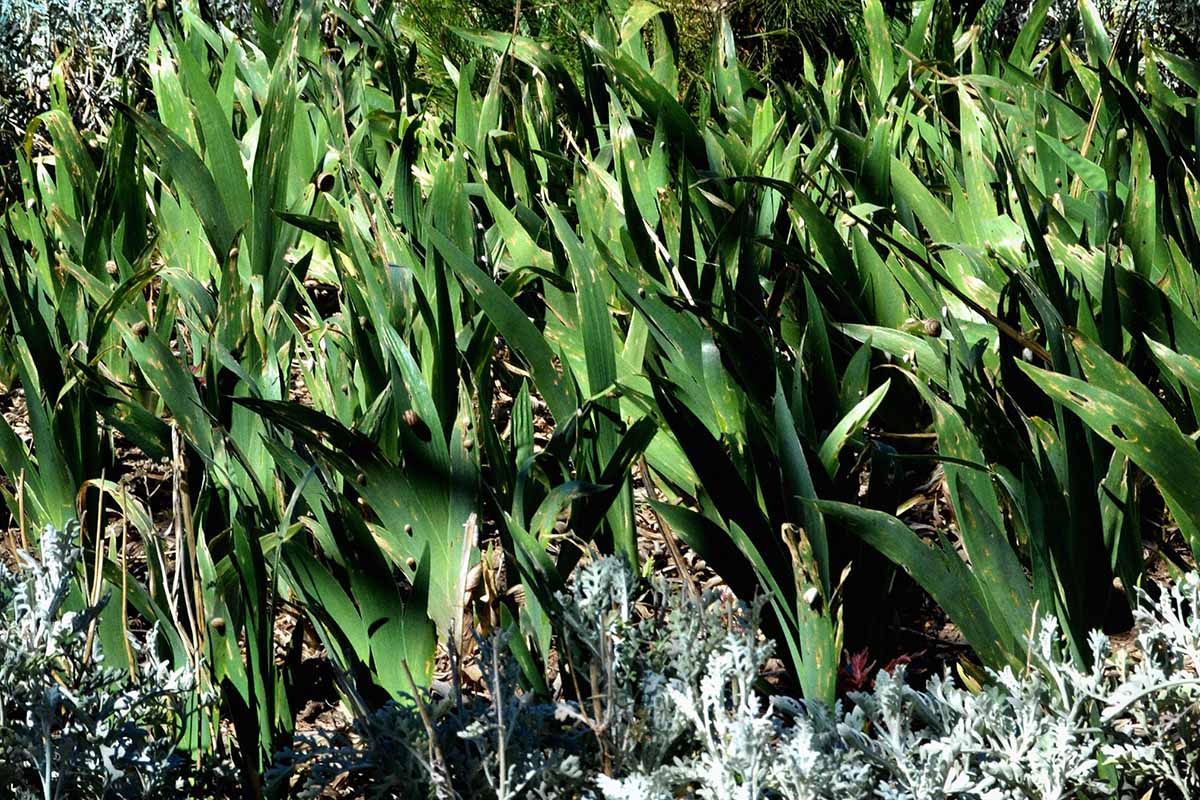
Herbivores are another type of pest. Like Macronoctua onusta, moles and voles also feed on rhizomes.
And if you have foliage and buds one day and nothing the next, it’s likely that hungry deer or groundhogs have enjoyed a feast at your expense.
Monitor plants for pest damage and treat them promptly.
For aphids, try dislodging them with a firm spray from the hose. Follow up with an application of neem oil. Neem oil is also effective against Macronoctua onusta and thrips.
A full sun placement and avoiding oversaturation should keep slugs and snails away, but there are traps you can try if necessary.
You may be able to deter herbivores with a sprinkling of food-grade diatomaceous earth around the rhizomes. For larger feeders, fencing or planting near thorny foliage may be helpful.
8. Planting Too Deeply
When sowing rhizomes, avoid burying them. The ideal depth dictates placing the rhizome lengthwise, half in the soil and half above ground.
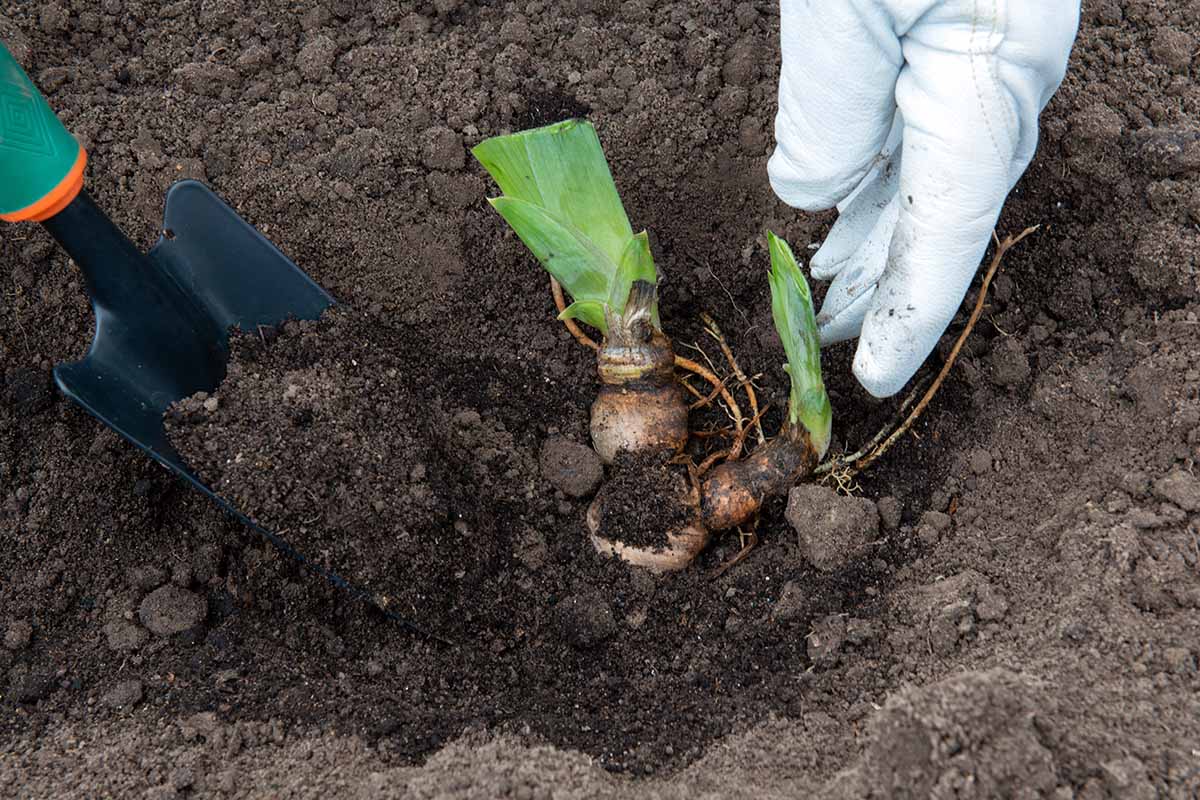
Rhizomes that are too deep are unlikely to flower. They need sun exposure and air circulation to perform well.
In addition to a failure to bloom, rhizomes planted too deeply may rot, especially in overly wet conditions.
Replant at the appropriate depth unless signs of rotting, like an odor, mushy consistency, and/or discoloration, are present.
9. Poor Drainage
Most species and hybrids cannot grow in standing water without the risk of rotting. The water iris, I. versicolor, aka Northern blue flag, is an exception.
Excellent drainage is crucial to prevent oversaturation and a proliferation of bacteria and fungi that cause rootstock to soften and decay.
Under such adverse conditions, plants fail to perform as expected because they direct energy toward fighting pathogens instead of vegetative and reproductive growth.
Drainage may be improved by planting in mounded soil that contains horticultural sand.
10. Rhizome Quality
From the start, some irises are destined for failure. Nursery pots may be infested with Macronoctua onusta, and bare rootstock may be old and lifeless.
To avoid such issues, purchase from reputable purveyors who guarantee the quality of their products.
In addition, when dividing and transplanting, discard rootstock that is discolored, malodorous, soft, or otherwise unhealthy.
Select unblemished, healthy root portions with at least one fan of leaves and roots. Discard rootstock that is blemished, desiccated, or rotten.
11. Transplant Transition
Every three to five years, plant clumps will likely be crowded enough to require division.
The time to divide clumps is in late summer after flowering finishes. As mentioned above, each root section should have leaves and roots attached.
Avoid taking immature rhizomes lacking foliage and roots, as they will take longer to establish.
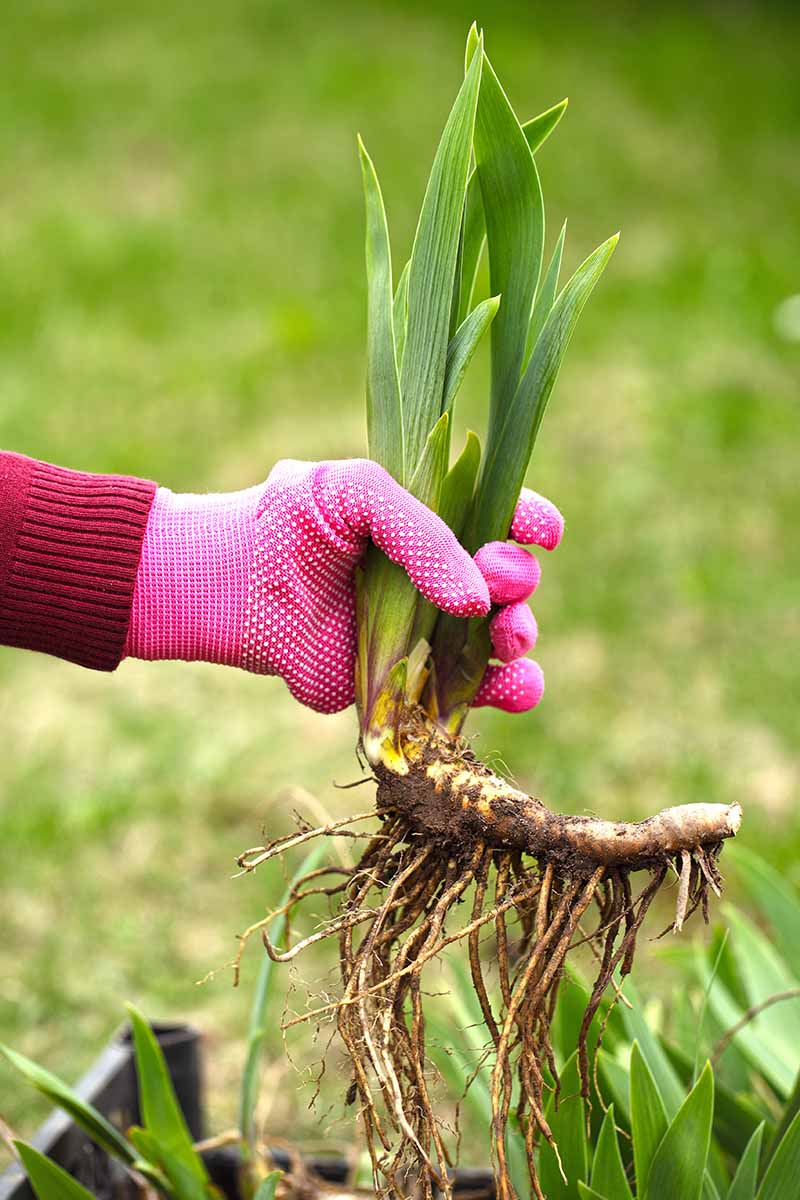
When spring comes, transplants are not likely to bloom, as they need more time to establish.
Mature rootstock divisions should blossom the following year, provided they are undisturbed, and all cultural requirements are met.
Ready for Better Blooming
With 11 reasons for a failure to bloom and ways to avoid them, it’s time to approach your irises with renewed confidence.
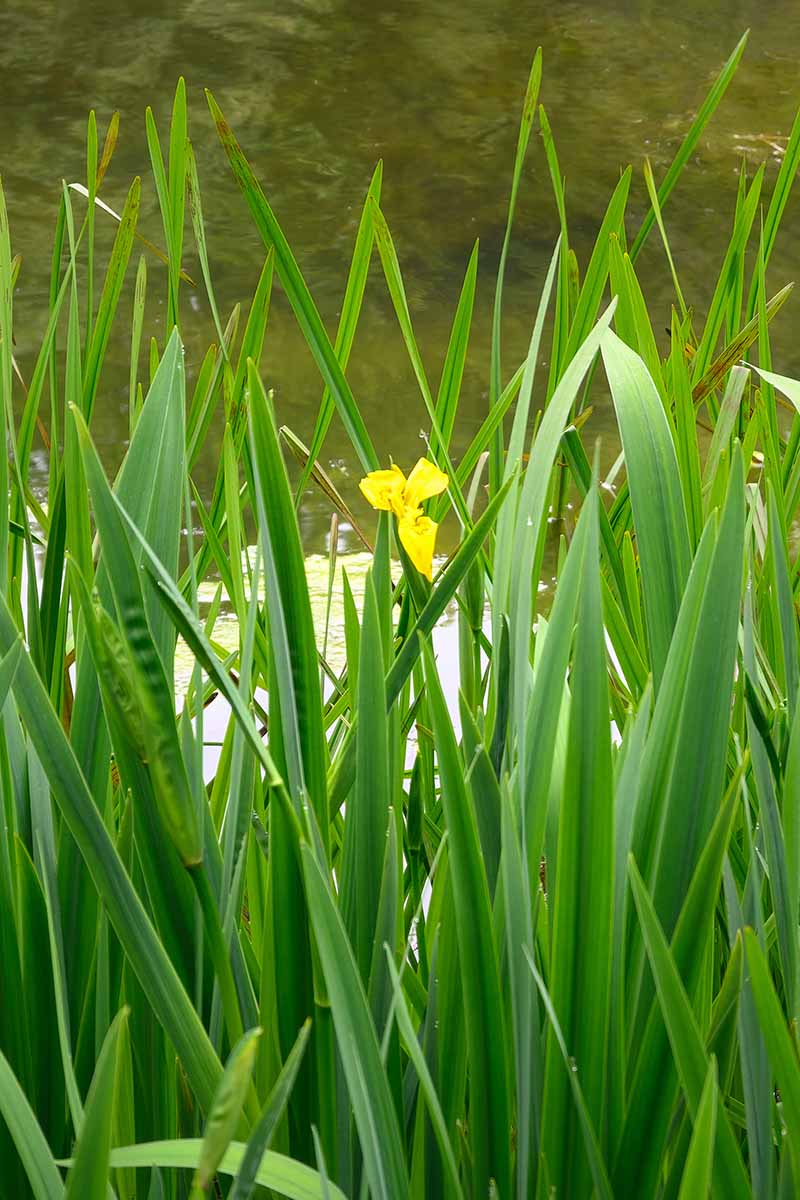
Let’s recap:
Watch for signs of disease, don’t overfertilize, and if you’re growing in the shade, transplant into the sunshine. Listen to the forecast and anticipate late season freezes.
Avoid under- and overwatering, divide overcrowded clumps as needed, and treat pests promptly.
Beware of planting too deeply, make sure the soil drains well, discard poor-quality rhizomes, and allow at least two growing seasons for transplants to establish.
With best practices, irises will be the pride and joy of a lush and colorful late spring to midsummer landscape.
Happy gardening!
Would you like to contribute to the discussion? Please post your thoughts in the comments section below.
If you found this guide helpful and want to read more iris-growing tips, we recommend the following:
